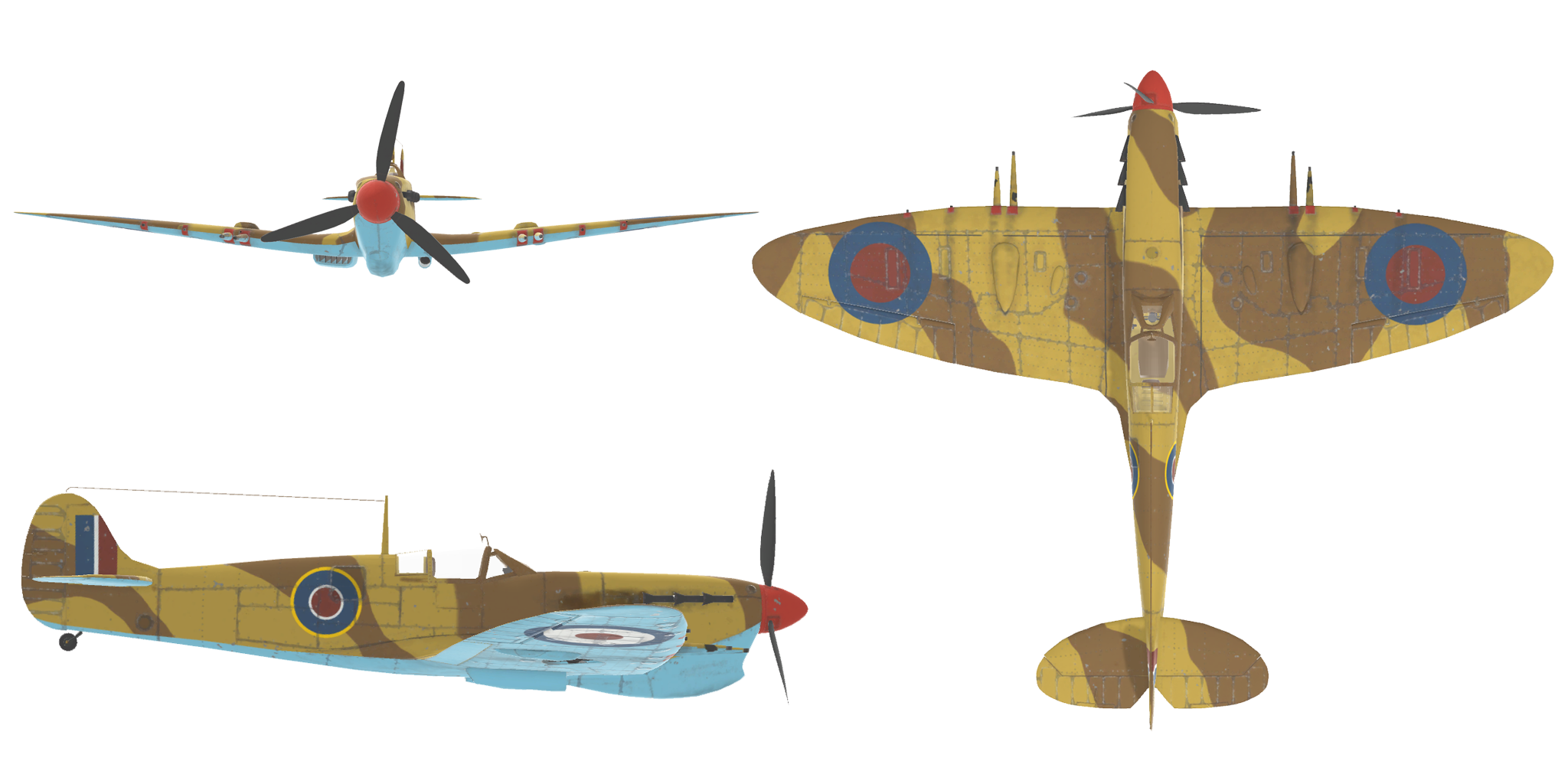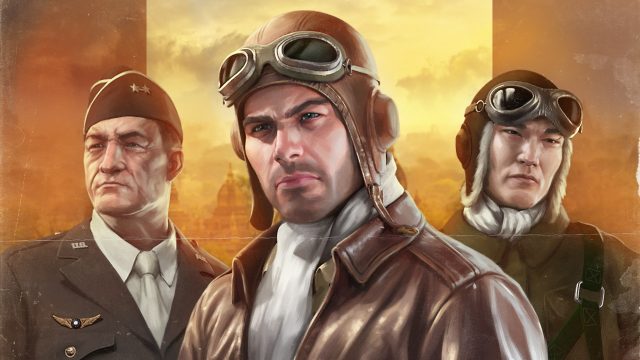
MARINE SPITFIRE MK. V
February 20, 2017 — The Supermarine Spitfire was designed as the British equivalent of the Messerschmitt 109. It was produced by Supermarine, a company that had previously built racing seaplanes, and it was this seaplane design that was used as a basis for the fighter. It had a particular elliptical wing design that gave it an added advance in maneuverability and drastically decreased air drag.
The Mk V was never meant to be in use so soon. The Mk III saw a redesign of the Spitfire fuselage so it could shoulder the weight of the more powerful Merlin XX engine. The only problem was, the engines were in short supply, and the changes made to the Mk III meant production would be delayed.
Luckily, Rolls-Royce had continued work on the Merlin, producing the Merlin 45, an engine that could still fit in an Mk I or II. This meant that planes already under construction could be converted without any trouble.
The engine was also used in the Mk V, which was first produced in January 1941. The Mk V proved to be every bit as good as the troubled Mk III, but without the extra complexity involved in the Mk III’s production, so it was decided to simply go ahead with the Mk V instead.
The Mk V was built in far greater numbers than any of the other Allied fighters. It was used in counterattacks over France and also saw service in the China-Burma-India theatre and other parts of the Far East. Three squadrons were based at Darwin, on the northern coast of Australia, but the severe weather did not suit the plane at all. The Spitfire’s tropical filters caused a significant deterioration in performance. Despite this, the fighter was still able to catch the infamous Mitsubishi Ki-46 reconnaissance aircraft, a plane that had up till then flown too high and too fast to catch.
The Mk V also had a short stint in India. Three squadrons flew to the Burma front in November 1943 but were soon replaced by the upgraded Mk VIII, a model designed exclusively for use in the Mediterranean and Far Eastern theatres.





